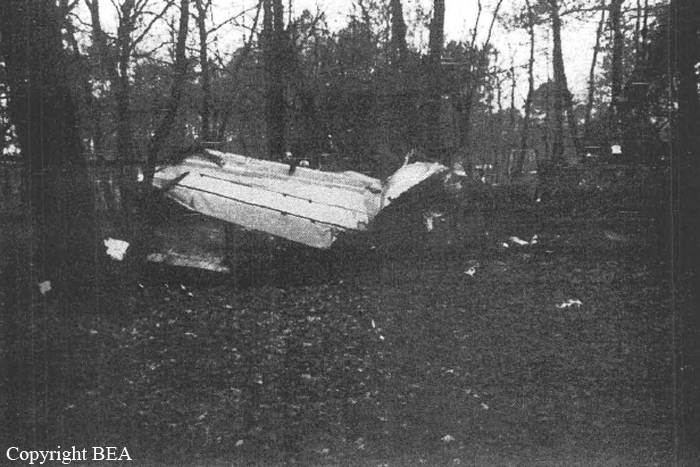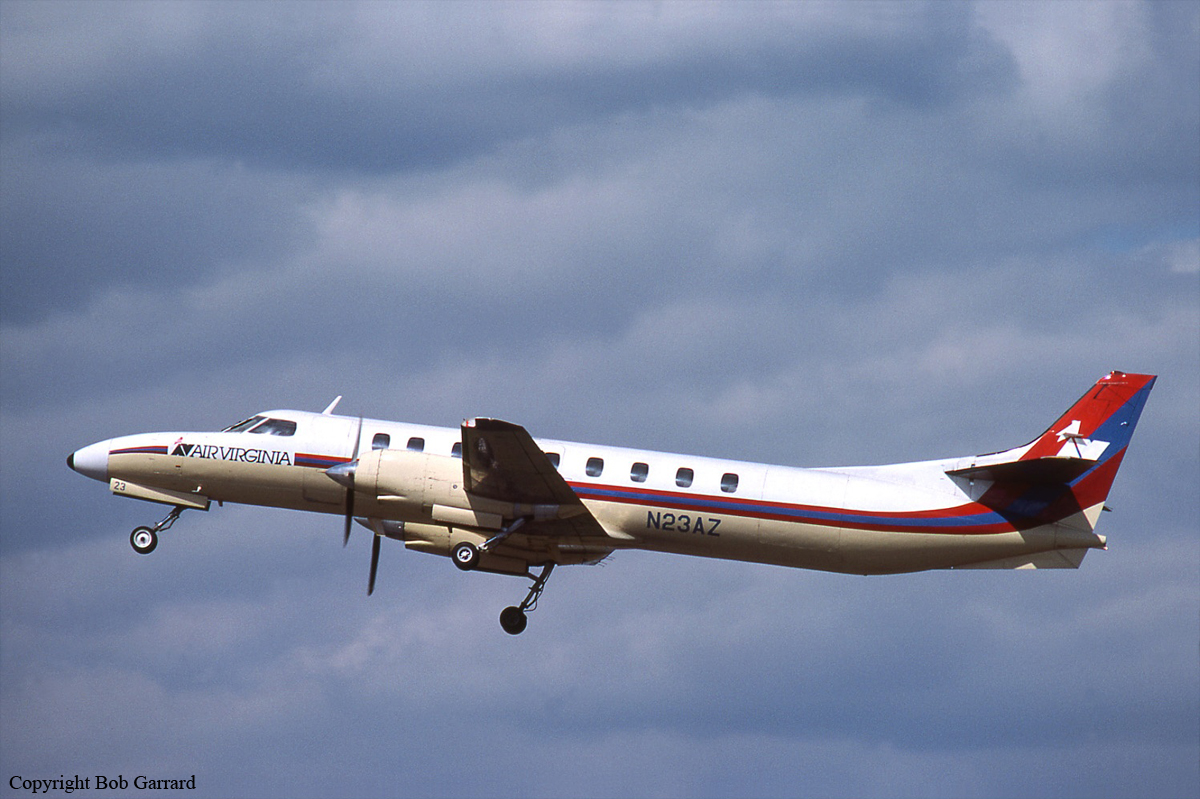Crash of a Piper PA-31-350 Navajo Chieftain in Kenai: 6 killed
Date & Time:
Dec 23, 1987 at 0611 LT
Registration:
N496SC
Survivors:
Yes
Schedule:
Kenai - Anchorage
MSN:
31-7752077
YOM:
1977
Crew on board:
1
Crew fatalities:
Pax on board:
7
Pax fatalities:
Other fatalities:
Total fatalities:
6
Circumstances:
The pilot had just departed the runway when he reported to the flight service station that he had engine problems. The aircraft was observed by witnesses to be about 300 feet on a descending downwind. The pilot stated that he was circling for runway 01. Surviving passengers described the engines as running rough and uneven. The investigation revealed that the aircraft's weight was more than the pilot had calculated and the CofG was 3.4 inches further aft than was calculated. However, the weight and CofG were within limits. Examination of the engine disclosed that the right engine had an extensive cylinder head crack, a partially disconnected intake pipe, and was capable of producing 55% of rated power. The left engine had seven severely worn cam lobes. The rudder trim was deflected full left at impact. The evidence indicated that the pilot had retarded the throttle for the left engine and was using only the right engine to sustain flight. Exam of company checklist usage revealed several different improper versions. The pilot and five passengers were killed. Two others passengers and two people on the ground were injured.
Probable cause:
Occurrence #1: loss of engine power (partial) - mech failure/malf
Phase of operation: takeoff - initial climb
Findings
1. 1 engine - failure, partial
2. (c) engine assembly, cylinder - failure,total
3. (c) engine assembly, cylinder - fatigue
4. (f) induction air control, intake manifold - separation
----------
Occurrence #2: loss of engine power
Phase of operation: maneuvering
Findings
5. (f) 1 engine - failure, partial
6. (f) engine assembly, camshaft - worn
7. (f) maintenance, 100-hour inspection - inadequate - company maintenance personnel
8. (c) emergency procedure - improper - pilot in command
9. (c) throttle/power control - improper use of - pilot in command
----------
Occurrence #3: forced landing
Phase of operation: descent - emergency
----------
Occurrence #4: in flight collision with terrain/water
Phase of operation: descent - emergency
Findings
10. (f) trim setting - improper - pilot in command
11. Lowering of flaps - performed
12. Object - tree(s)
13. Object - residence
Phase of operation: takeoff - initial climb
Findings
1. 1 engine - failure, partial
2. (c) engine assembly, cylinder - failure,total
3. (c) engine assembly, cylinder - fatigue
4. (f) induction air control, intake manifold - separation
----------
Occurrence #2: loss of engine power
Phase of operation: maneuvering
Findings
5. (f) 1 engine - failure, partial
6. (f) engine assembly, camshaft - worn
7. (f) maintenance, 100-hour inspection - inadequate - company maintenance personnel
8. (c) emergency procedure - improper - pilot in command
9. (c) throttle/power control - improper use of - pilot in command
----------
Occurrence #3: forced landing
Phase of operation: descent - emergency
----------
Occurrence #4: in flight collision with terrain/water
Phase of operation: descent - emergency
Findings
10. (f) trim setting - improper - pilot in command
11. Lowering of flaps - performed
12. Object - tree(s)
13. Object - residence
Final Report:














